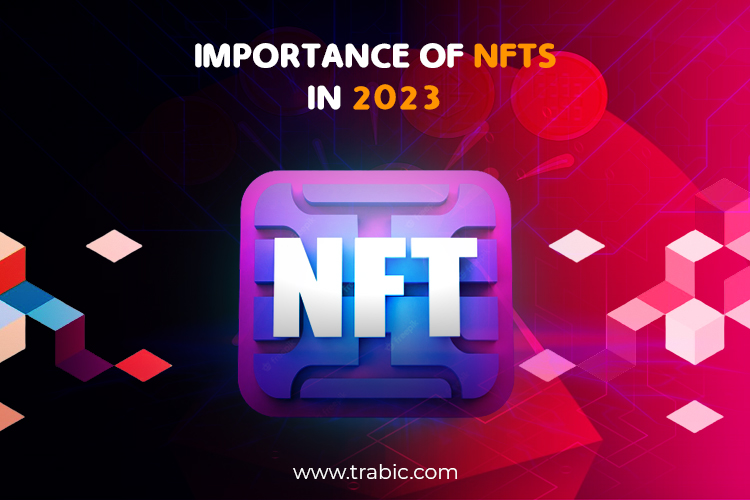Non-Fungible Tokens (NFTs) have become an increasingly important tool for artists and creators to assert ownership and authenticity of their digital works. In 2023, the use of NFTs is expected to continue to grow and expand into a wider range of industries and applications, as they provide a secure and transparent way to track and verify digital assets.
Relationship of NFTs and Blockchains
Non-fungible tokens, are the digital assets that are unique and cannot be exchanged for other assets of equal value. They are stored on a blockchain, which is a decentralized, secure database that is used to record transactions and track the ownership of assets
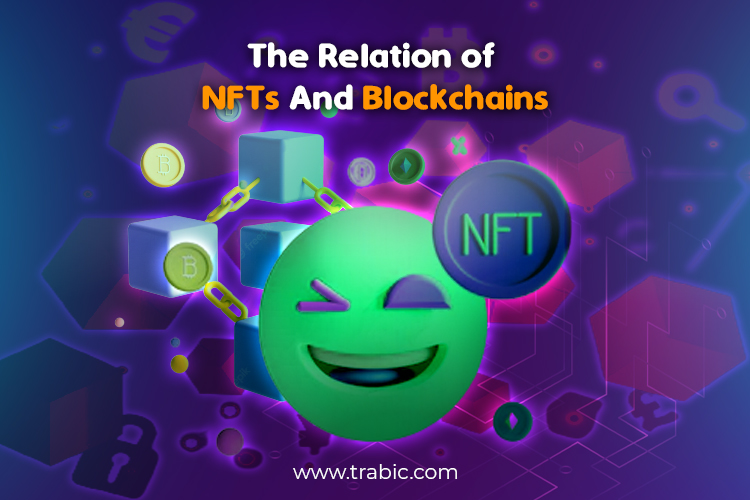 .
.
NFTs allow for the creation and ownership of digital assets that are unique and have value. The Non-fungible tokens have surely opened up a whole new world of possibilities for artists, collectors, and enthusiasts. For example, Non-fungible tokens have been used to sell digital artwork, music, and even virtual real estate. They have also been used to authenticate and track the ownership of physical items, such as collectible sports memorabilia and rare coins.
In addition to providing a new way to create and own digital assets, Non-fungible tokens also offer several other benefits. Because they are stored on a blockchain, NFTs are resistant to tampering and fraud. They also provide a way for the creators to monetize all of their work and for collectors to invest in unique, one-of-a-kind items. These digital assets have the potential to revolutionize the path of thinking about ownership and value in the digital world.
NFTs Provide Ownership and Authenticity
One of the major benefits of non-fungible tokens (NFTs) is that they provide a way for people to own and authenticate digital assets. It wasn’t easy to prove ownership of digital art or collectibles in the past because they could be easily copied and shared. This made it challenging for artists to monetize their digital creations and for collectors to have confidence that they were buying a genuine, one-of-a-kind item. Non-fungible tokens solve this problem by providing each asset’s unique, verifiable signature. This signature is stored on the blockchain, a decentralized, transparent ledger that allows for the secure and transparent tracking of transactions.
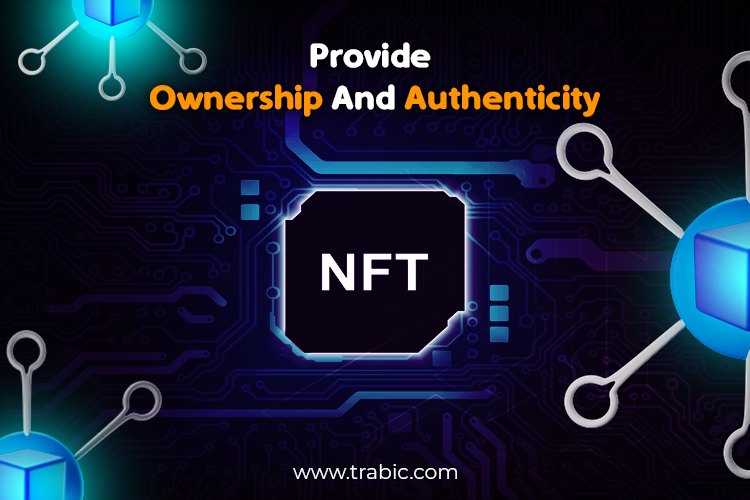
The blockchain also makes it difficult for Non-fungible tokens to be counterfeited or duplicated, further enhancing the digital asset’s authenticity and ownership. The ability to prove ownership and authenticity is essential in the digital world, where it can be easy to reproduce and distribute content without permission. Non-fungible tokens provide a solution to this problem by giving artists and collectors the confidence that they are buying and selling genuine, one-of-a-kind items.
Enabling New Forms of Expression and Creativity
Non-fungible tokens (NFTs) have opened up new possibilities for artists and creators to express themselves and monetize their work. Digital art, music, and even tweet-length poems can be turned into NFTs and sold to collectors. This has created a new digital art market and allowed artists to earn a living from their creations. In the past, it was difficult for artists to monetize their digital products because they could be easily reproduced and shared without permission.
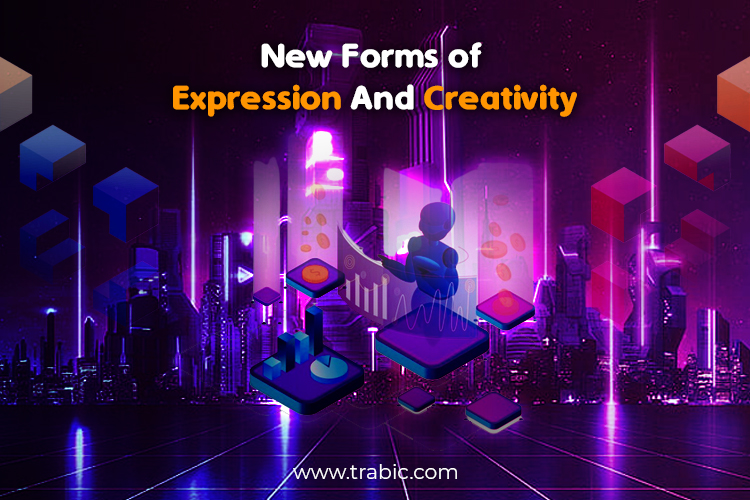
NFTs solve this problem by allowing artists to sell their creations as unique, one-of-a-kind assets. This gives artists greater control over their work and will enable them to monetize their creations. NFTs enable new forms of creativity and expression by allowing artists to create and sell interactive, multi-dimensional art that incorporates elements such as sound and animation. This type of art was previously challenging to monetize because it could not be easily reproduced in a physical format.
NFTs provide a way for artists to create and sell this type of art, which allows for greater creativity and expression. Overall, NFTs enable new forms of expression and creativity by allowing artists to monetize their digital creations and create new types of interactive art.
Reshaping the Art World
Non-fungible tokens (NFTs) are starting to reshape the art world by allowing digital art to be collected and sold similarly to physical art. This has the potential to democratize the art world by making it easier for artists to reach a global audience and for collectors to discover and purchase new art.
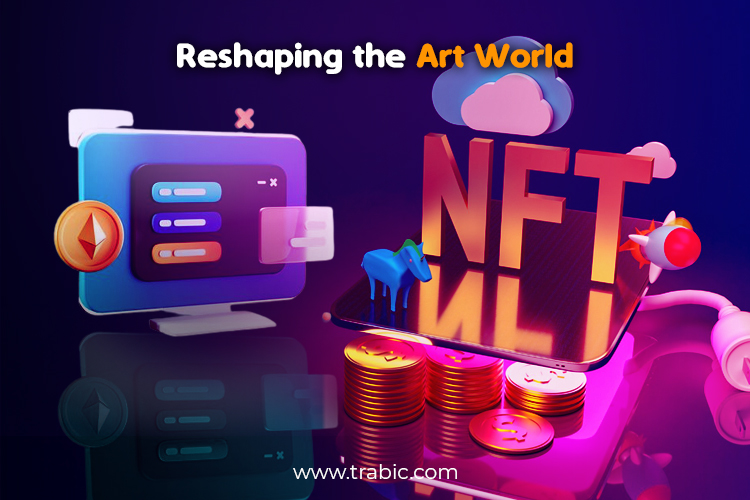
In the past, the art world was dominated by physical media, such as paintings and sculptures. However, the rise of NFTs is changing this by providing a way for digital art to be collected and valued similarly. This can open up new opportunities for artists and collectors, especially those who may have been previously excluded from the traditional art world.
NFTs are also changing how art is valued by allowing collectors to purchase a percentage of ownership in a piece rather than the entire piece. This allows more people to have a stake in a work of art and could lead to a more diverse and democratized art market. Overall, NFTs are reshaping the art world by providing a new way for digital art to be collected and valued, which has the potential to democratize the art market and create new opportunities for artists and collectors.
Offering New Investment Opportunities
As the use of NFTs grows, they are becoming an increasingly popular asset class for investors. This is because NFTs offer the potential for solid returns and provide diversification to an investment portfolio.
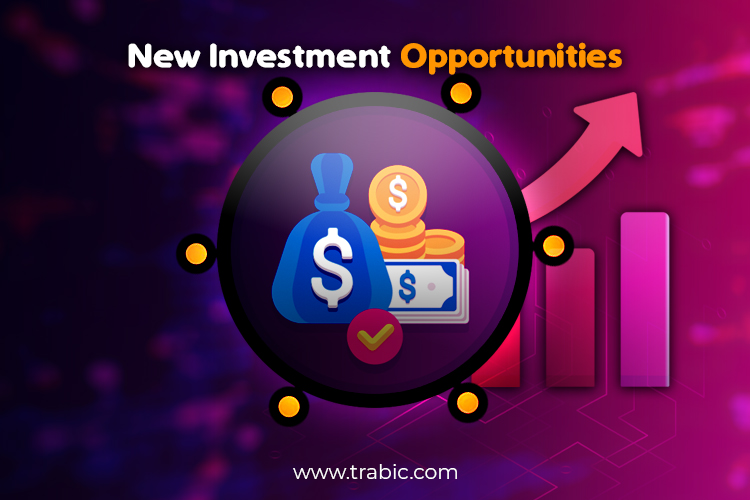
Linked to popular and trending topics:
Many NFTs are linked to popular and trending topics, such as celebrity culture, sports, and technology. This can make them attractive to investors who are interested in these topics.
Linked to the growth of the digital economy:
The digital economy is growing rapidly, and NFTs are essential to this growth. As the use of NFTs continues to grow, investors interested in the digital economy may see them as a good investment opportunity.
Backed by the blockchain:
NFTs are stored on the blockchain, a decentralized, transparent ledger that allows for the secure and transparent tracking of transactions. This can provide investors with added security and confidence in their investments.
Overall, NFTs offer opportunities for investment by providing a new asset class linked to popular and trending topics, the growth of the digital economy, and the security of the blockchain.
Enable Digital Assets Monetization
Non-fungible tokens enable the monetization of digital assets in a number of ways. NFTs provide a way for artists and creators to monetize their digital creations. In the past, it was difficult for artists and creators to monetize their digital products because they could be easily reproduced and shared without permission. NFTs solve this problem by allowing artists to sell their creations as unique, one-of-a-kind assets. This gives artists greater control over their work and will enable them to monetize their creations in some way that was not previously possible.
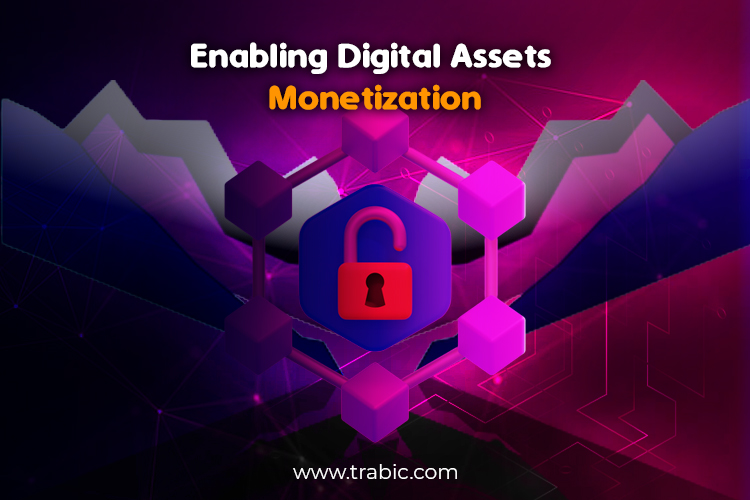
NFTs allow for the ownership and value of digital assets to be established. In the past, it was difficult to prove ownership and value for digital assets because they could be easily copied and shared. NFTs solve this problem by providing each asset’s unique, verifiable signature. This allows for the ownership and value of digital assets to be established, which in turn provides for monetization.
Overall, NFTs enable the monetization of digital assets by providing a way for artists and creators to sell their digital creations and allowing for the ownership and value of digital assets to be established.
Facilitating the Transfer of Ownership of Digital Assets
Non-fungible tokens (NFTs) facilitate the transfer of ownership of digital assets in a number of ways. NFTs provide a way to transfer ownership of digital assets securely. In the past, it was difficult to securely share them because there was no reliable way to verify the asset’s authenticity and track the transfer of ownership. NFTs solve this problem by providing a unique, verifiable signature for each purchase stored on the blockchain. This allows for the secure and transparent transfer of ownership of digital assets, which in turn makes it easier to buy and sell these assets.
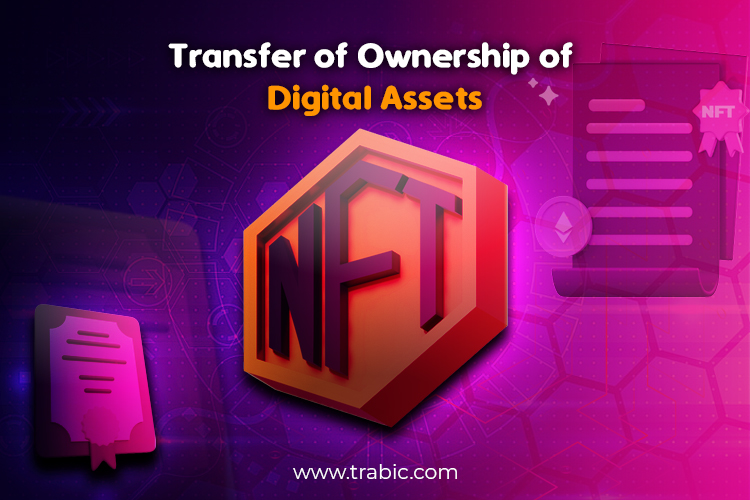
NFTs allow for the creation of digital marketplaces. The use of NFTs has led to the creation of digital marketplaces where people can buy and sell digital assets. These marketplaces make it simple for people to discover and purchase digital assets and facilitate the transfer of ownership. For example, there are now marketplaces for digital art, collectibles, and even virtual real estate.
Creating a New Market for Digital Collectibles
In the past, it was difficult for people to collect and own digital assets because they could be easily copied and shared. NFTs solve this problem by providing each asset’s unique, verifiable signature. This allows people to collect and own digital assets similarly to physical collectibles. For example, people can now collect digital art, virtual real estate, and even tweet-length poems as NFTs.
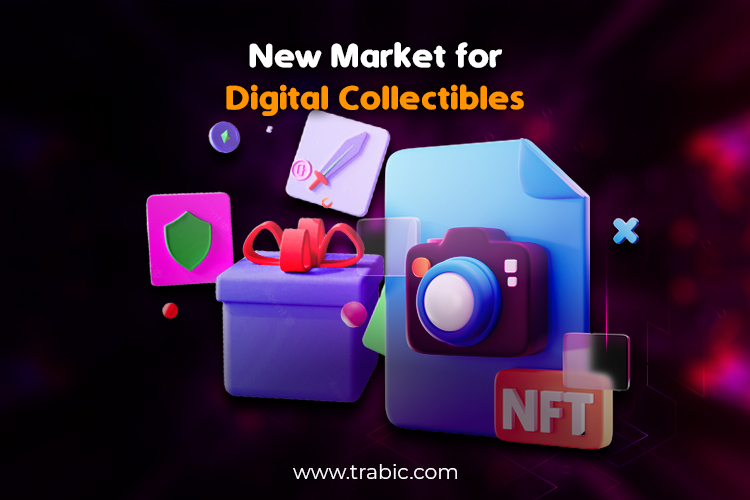
The use of NFTs has led to the creation of new and innovative types of digital collectibles. For example, some NFTs incorporate elements such as sound and animation, allowing interactive, multi-dimensional art creation. This type of art was previously challenging to monetize because it could not be easily reproduced in a physical format. NFTs provide a way for artists to create and sell this type of art, which has led to a surge of innovation in the digital collectibles market.
NFTs have changed this by creating a new market for digital collectibles and making it easier for people to discover and purchase these items. This has made digital collectibles more accessible to a broader audience, contributing to the market’s growth. This has led to the development of the digital collectibles market and the emergence of a new type of collector.
Promoting the Protection of Intellectual Property for Digital Assets
Non-fungible tokens can promote the protection of intellectual property for digital assets in a number of ways. One way is by providing a unique, verifiable signature for each asset stored on the blockchain. This signature can be used to prove ownership and authenticity of the asset, which can help protect against counterfeiting and unauthorized use.
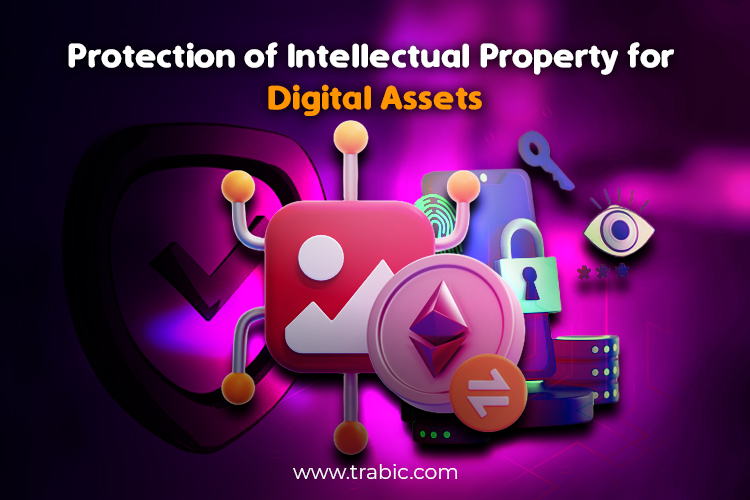
NFTs also provide a way for artists and creators to monetize their digital creations, which can incentivize them to create and protect their intellectual property. In addition, the use of NFTs has led to the creation of digital marketplaces where people can buy and sell digital assets, which can help to establish and enforce intellectual property rights.
Driving Innovation in the Digital Domain
Non-fungible tokens enable new forms of expression and creativity: NFTs have opened up new possibilities for artists and creators to express themselves and monetize their work. Digital art, music, and even tweet-length poems can be turned into NFTs and sold to collectors. This has created a new digital art market and allowed artists to earn a living from their creations. NFTs enable new forms of creativity and expression by allowing artists to create and sell interactive, multi-dimensional art that incorporates elements such as sound and animation. This type of art was previously tricky to monetize because it could not be easily reproduced in a physical format.
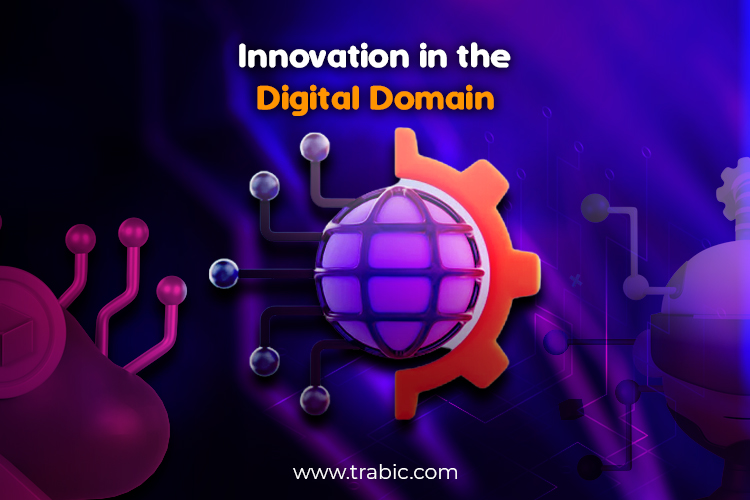
The art world has traditionally been dominated by physical media, such as paintings and sculptures. However, Non-fungible tokens are starting to change this by allowing digital art to be collected and sold similarly. This has the potential to democratize the art world by making it easier for artists to reach a global audience and for collectors to discover and purchase new art. Non-fungible tokens are also changing how art is valued by allowing collectors to buy a percentage of ownership in a piece rather than the entire piece. This allows more people to have a stake in a work of art and could lead to a more diverse and democratized art market.
Creating new markets for digital assets:
The use of NFTs has led to the creation of new markets for digital assets, such as digital art, collectibles, and virtual real estate. These markets provide opportunities for people to buy and sell digital assets and contribute to monetizing these assets. Creating these markets is driving innovation in the digital domain by providing new opportunities for people to engage with and create digital content.
Innovation in the gaming industry:
NFTs are also impacting the gaming industry by allowing for the creation of non-fungible items that can be collected and traded within games. For example, players can now collect and trade unique in-game items, such as weapons and armor, as NFTs. This has surely led to the emergence of a new gaming economy based on the collection and trading of NFTs.
Innovation in the music industry:
NFTs are also used in the music industry to create and sell unique, one-of-a-kind experiences for fans. For example, artists can create and sell NFTs that provide access to exclusive concerts, meet-and-greets, or other unique experiences.
